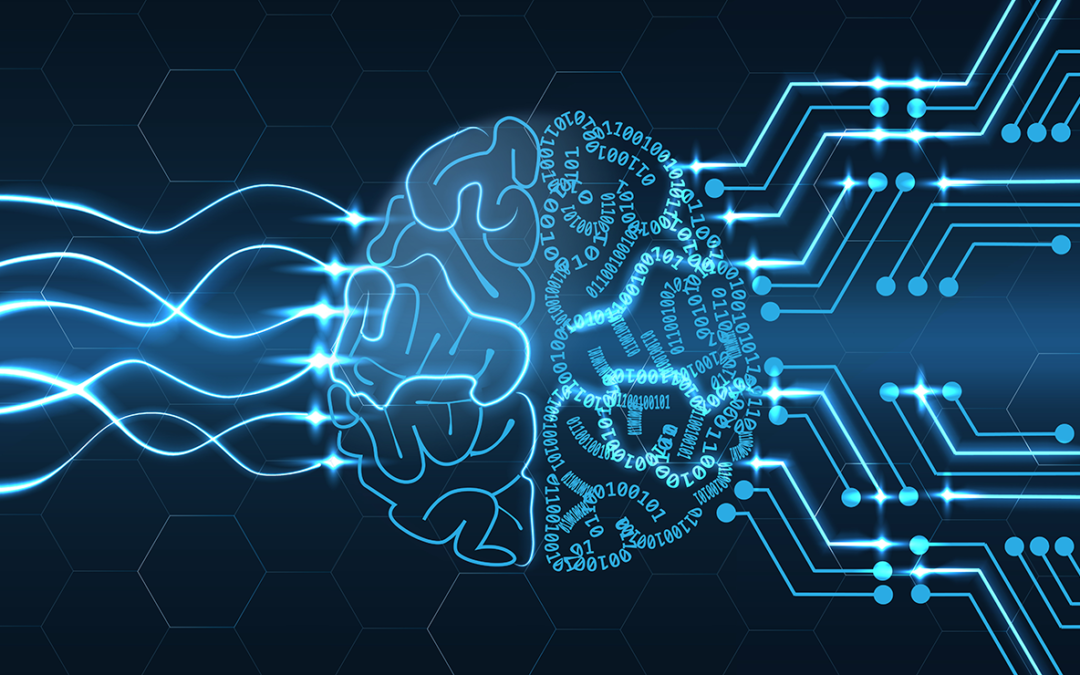Introduction:
The integration of artificial intelligence (AI) into creative industries is reshaping how content is produced, analyzed, and consumed. This article explores the impact of AI on creative processes in industries such as art, music, design, and content creation.
AI in Art Creation:
- Generative Art:
- AI algorithms are being used to create generative art, producing unique and dynamic pieces.
- Artists collaborate with algorithms to explore new forms of creativity.
- Style Transfer:
- AI-powered style transfer algorithms can transform the style of an artwork, merging different artistic influences.
- This technology allows for experimentation and the creation of hybrid visual styles.
AI in Music Composition:
- Algorithmic Composition:
- AI algorithms can compose music based on patterns and styles learned from vast datasets.
- This technology is used to create original compositions or assist musicians in the creative process.
- Music Generation with Neural Networks:
- Neural networks analyze musical patterns and generate new compositions that mimic specific genres or artists.
- AI-generated music is gaining recognition and acceptance in the music industry.
AI in Design and Creativity:
- Automated Graphic Design:
- AI tools can automate graphic design tasks, creating visuals based on user input and preferences.
- Designers can focus on creative aspects while AI handles repetitive tasks.
- Enhanced User Experience Design:
- AI is used to analyze user behavior and preferences to optimize user experience design.
- Personalized interfaces and recommendations enhance the overall user experience.
AI in Content Creation:
- Automated Content Generation:
- AI-powered tools can generate written content, from articles to marketing copy.
- Content creators use AI to streamline the writing process and ensure consistency.
- Video Editing and Production:
- AI algorithms analyze video content to automate editing processes.
- From auto-correcting lighting to suggesting edits, AI enhances video production workflows.
Challenges and Ethical Considerations:
- Intellectual Property Concerns:
- The use of AI in creative processes raises questions about ownership and intellectual property.
- Determining authorship and rights for AI-generated works is a complex legal challenge.
- Bias in AI Algorithms:
- AI algorithms may inherit biases present in training data, impacting creative outputs.
- Ethical considerations include addressing and mitigating biases in AI-generated content.
Collaboration between Humans and AI:
- Augmented Creativity:
- The most successful applications of AI in creative industries often involve collaboration between humans and AI.
- Artists and creators use AI as a tool to augment their creative capabilities.
- AI as a Creative Partner:
- AI is seen as a creative partner that can inspire new ideas and push creative boundaries.
- The synergy between human intuition and AI capabilities leads to innovative outcomes.
The Future of AI in Creativity:
- Advancements in Natural Language Processing:
- AI’s ability to understand and generate human-like text will likely advance, impacting content creation and storytelling.
- AI-Enhanced Virtual and Augmented Reality:
- AI technologies may play a significant role in enhancing virtual and augmented reality experiences.
- Immersive and interactive AI-driven content could redefine creative possibilities.
Conclusion:
The integration of AI into creative industries introduces exciting possibilities and challenges. Creativity fueled by AI is not a replacement for human ingenuity but a powerful augmentation, leading to a future where humans and machines collaborate to produce novel and impactful creative works.


Recent Comments